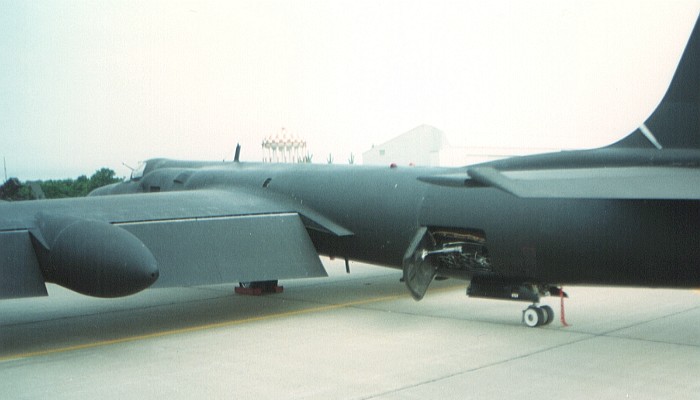Ive got a sneek preview from a spy in the pit lane who says this is what mclaren are using to feed that diffuser, and the reason behind that snorkel on the nose...






Near vertical wing element creates form drag in the reverse direction to the cars motion.SoftBatch wrote:Form drag does not produce down force unless the airflow is being directed towards the ground.
A moment like that would create a force on both the front and rear wheels about the center of pressure of the car if the moment is caused by the forces on the rear wing then then it would create a downforce on the rearwheels while creating a lifting force on the front wheels.autogyro wrote:Near vertical wing element creates form drag in the reverse direction to the cars motion.SoftBatch wrote:Form drag does not produce down force unless the airflow is being directed towards the ground.
This force results in DF because it works on the car through the moment between the center of form drag and the wing mounting point which is fixed.
Hi, manchild. So, why many teams have resorted to fixing the "shark fin"? Its function will be to reduce the turbulence that are formed when fin flexed? I do not think fin flex provide more air to rear wing, I think it will create a vortex street. The problem can be solved by fixing the fin. I think the goal of the "shark fin" is to reduce turbulence when flows between both sides of the car meet. So the air that reaches the rear spoiler has higher pressure. If you avoid the two streams meet, you avoid causing turbulence. It is my opinion...manchild wrote:It vibrates (flexes) laterally at high frequency, acting as fan that directs more air on the rear wing than it would naturally get there.
That is very true. I had only considered the aero forces as on an aircraft but here the mechanical leverage you are talking about is very much part of the whole.autogyro wrote:Near vertical wing element creates form drag in the reverse direction to the cars motion.SoftBatch wrote:Form drag does not produce down force unless the airflow is being directed towards the ground.
This force results in DF because it works on the car through the moment between the center of form drag and the wing mounting point which is fixed.
If the wing only worked to produce lift (negative) there would be no reason to have such a steep angle of attack. Useless on an aircraft.tok-tokkie wrote:That is very true. I had only considered the aero forces as on an aircraft but here the mechanical leverage you are talking about is very much part of the whole.autogyro wrote:Near vertical wing element creates form drag in the reverse direction to the cars motion.SoftBatch wrote:Form drag does not produce down force unless the airflow is being directed towards the ground.
This force results in DF because it works on the car through the moment between the center of form drag and the wing mounting point which is fixed.
I think you're forgetting that the flap element also effects the main element. Having the flap element improves the down force generated by the main element.autogyro wrote:If the wing only worked to produce lift (negative) there would be no reason to have such a steep angle of attack
Flap angles get pretty steep, but the wings are not stalling.autogyro wrote:Useless on an aircraft.
